What is Gestalt Language Processing 4 Stages: Goals & Treatment: Have you ever seen a kid who can talk in full phrases or sentences but cannot dissect words? Maybe they recite entire tracts of dialogue from a loved-up movie or song and deploy it in a range of scenarios? And if you are, you might be watching Gestalt Language Processing at work. It’s an interesting way of learning and using language that is more widespread than you might think, and understanding it can change how we think about promoting children’s communication skills.
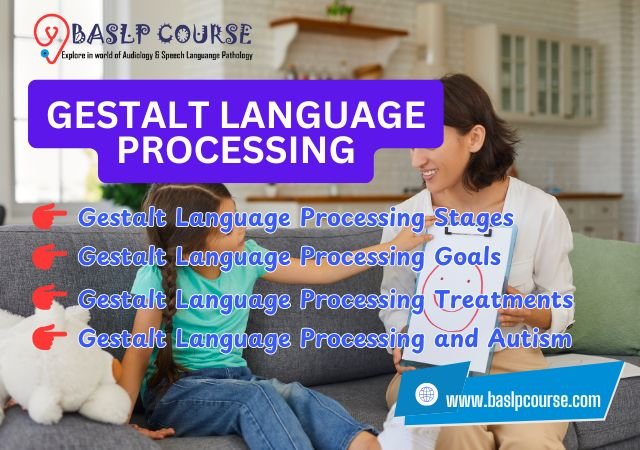
Gestalt Language Processing is an alternative route to language from the normal, word by word, process most think of when they consider language. But knowledge of this process can be a game-changer for parents, teachers, SLPs, and anyone working with (or raising) kids learning language in a different way. In this deep dive, we’ll cover what Gestalt Language Processing is, how it plays out, the four stages of its development, how to address it, and its link to autism spectrum disorders.
What is Gestalt Language Processing?
Gestalt Language Processing Description: It is a part of the normal way in which some children learn and develop language ability. Unlike students who learn to construct sentences by starting with words and phrases and building to sentences, Gestalt language processors start with large chunks of language—entire phrases or sentences or even longer passages that they have heard before.
Gesalt is a German term from psychology that means “whole” or “form.” In language acquisition, this is about how some children learn language as a whole rather than as parts of a system. For these children — and adults — the practice of repeating entire passages from movies, songs, books, or conversations can be a way of providing themselves with a script they can then draw upon to communicate, whether in familiar or novel situations.
With a word like “store” or “park,” it’s often hard to know how much and which part of the meaning a child knows: When a child who knows one or two words but no sentences says “go store,” do they mean “I want to go to the store” or just “store”? At first, the child may not even know that there are individual words like “let’s,” “go,” “to,” and “store” in this utterance, but they receive the input as a complete message.
This type of language learning is, of course, completely natural and legitimate. It’s not a disorder or a delay — it’s an alternative path to achieving communication skills. Many children who analyze language in this manner come to understand these bigger chunks as smaller, more malleable units they can put together in new and combinatorial ways.
Gestalt Language Processing 4 Stages
Knowledge of the four stages of Gestalt Language Processing helps both parents and professionals in their able to identify where a child is in their language development and what can best be done to support their continued growth in language. They mirror three levels of language fluidity and comprehension.
Stage 1: Echolalia and Whole Phrases
The first stage is known to professionals as “echolalia” — the parroting of words, phrases or longer passages that the child has heard uttered by others. This is not pointless repetition, though it may appear so at first blush. These are the language chunks that your son or daughter is using to communicate at this stage, though you might not always be able to figure out right away how the word relates to what they’re saying.
Children can echo movie lines, song lyrics, commercials, and even bits of conversation during Stage 1. They use these phrases in a functional way, meaning that they have a communicative function, even if that function is unclear to others. And of course it works the other way — a kid who needs help might say “Buzz Light Year to the rescue” (and they might also associate that phrase with being rescued in the movie).
The most salient feature of Stage 1 is that these groups function as complete, unanalysable units. The child cannot ”adjust” them ordecompose them — they must take the whole phrase, as theylearned it. This phase can continue for different periods of time, depending on the child.
Characteristics:
- Whole‑phrase scripts with and without communicative intent.
- It may appear unintelligible or out of context.
Example: Repeating “Just keep swimming, just keep swimming” to express comfort or desire to continue playing.
Stage 2: Beginning to Mix and Match
In Stage 2, children exhibit some slight flexibility toward their language chunks. They begin doing this by putting parts of phrases that they know together in new ways, sometimes coming up with combinations that may even sound strange, but this is actually an important part of their language learning.
For instance, a child who used to say “I want to go outside” and “Let’s watch TV” as self-sufficient phrases would start to form combinations of that sort, such as “I want to watch outside” or “Let’s watch TV.” Although these word combinations are not (full) grammar yet, they represent that the child is starting to generalise and realise that language consists of parts that can be combined.
This is an important turning point. Now, children are beginning to notice that the “chunks” or language bits that they know have smaller parts within them that can be moved around. They are playing with language in ways that reflect growing recognition of how communication works, even if their efforts do not always lead to entirely conventional strings of words.
Characteristics:
- Combines segments: “Just keep” + “swimming” = “Just keep swimming.”
- Trims down full scripts: “There’s a monster at the end of this book” → “There’s a monster.”
Example: Creating novel utterances by recombining: “Let’s go eat cookies” from two scripts.
Stage 3: Breaking Down and Building Up
Big Changes in Children’s Understanding and Use of Language. This stage is one of great transformations in children’s comprehension and use of language. They start breaking the individual words of the phrases and discover that these individual words have their meaning and a role to play as well. This is where actual grammatical development starts to become more noticeable.
Children at this stage begin to understand that “I want” can go with many things – “I want cookies,” “I want to play,” “I want mom.” They are taking apart their original gestalt phrases into parts, and learning to use these parts flexibly with new words and concepts.
During this phase, there is frequently perceptible regression in the complexity of language. A babe or child who had used long and complicated sentences may be heard to arrive suddenly on shorter and simpler ones. This is not a regressive stage – it is a vital stage in their development as they reorganize their understanding of how the structure and rules of language work.
Characteristics:
- Single‑word use: “Monster.”
- Two‑word phrases: “Scary monster,” “Monster bed,” without adult prompting.
Example: “Cookie, please” emerging from earlier scripts.
Stage 4: Advanced Recombination and Creativity
Finally, the completions imply the building of more complex linguistic abilities. Now, children can create unique sentences and phrases in fluent English according to the rules that they have learned! They can add details to a conversation, ask and answer questions in a freeform manner, and manipulate the language in creative ways for different purposes.
Stage 4: Using the Language at this stage, children begin to use the language productively, accurately, and in various settings. They can adjust their speech for an audience, articulate difficult concepts, and participate in the call-and-response of conversation. Although they still rely on some scripts, such as in stressful or new contexts, they have become more flexible and more versatile at putting together effective language combinations.
Characteristics:
- Experimental grammar with errors (e.g., “Him like pizza”).
- Flexible additions: questions, negations, tense marking.
Example: “Can I have water, please?” demonstrating genuine conversational intent.
Gestalt Language Processing Goals
For children that whose language processing goes that way, you must set goals according to their stages to respect their own ways to learn the language and at the same time, move them forward. Goals should be developed to meet a child’s specific developmental capabilities and what is significant progress for that individual.
Long-term goals: Facilitate progression to spontaneous language, being sure to value unique strengths. Not all of the GLPs need prompt action, because most of these evolve to Stage 4 spontaneously. But for this echolalia beyond toddlerhood, however, specific goals help speed things along.
Goals for Early Stages
In Stage 1 and 2 children, many targets will revolve around extending the functional use of language chunks and beginning to introduce flexibility. This might include:
- Helping the child use their scripted phrases more effectively to communicate their needs
- Introducing slight variations in familiar phrases to encourage flexibility
- Building on the child’s interests and preferred scripts to expand their communication
- Supporting the child’s attempts to combine different language chunks, even if the results aren’t grammatically perfect
Goals for Later Stages
As children move through Stages 3 and 4, goals can become more complex and targeted:
- Developing grammar skills through natural language interactions
- Expanding vocabulary in meaningful contexts
- Improving conversational skills and social communication
- Supporting the child’s growing ability to use language creatively and spontaneously
The trick is to always go from where the child is, rather than to try & make the child learn language by a method different to their building on what is. They enjoy communicating this way and learn from this in a very natural word order style while developing more flexibility in their use of language.
Treatment Approaches for Gestalt Language Processing
Effective treatment for gestalt language processors requires a specialized approach that differs significantly from traditional language therapy methods. The goal isn’t to eliminate scripted language or force children to learn words in isolation, but rather to support their natural progression through the stages of development.
Natural Language Acquisition Approach
The optimal therapy of Gestalt language processors is grounded in Natural Language Acquisition (NLA) principles. This philosophy acknowledges that these children learn language differently, and that support should be provided that corresponds to their natural learning patterns.
NLA-based treatment focuses on:
- Meeting the child where they are in their language development
- Using the child’s interests and preferred activities as the foundation for language learning
- Providing rich, meaningful language models in natural contexts
- Supporting the child’s attempts to experiment with language, even when the results aren’t perfect
- Gradually introducing more flexibility into the child’s existing language repertoire
Practical Treatment Strategies
Successful treatment for gestalt language processors often includes several key strategies:
Modeling and Expansion: Adults can model slight variations or expansions on that meaning while still preserving the original message when a child uses a scripted phrase. So, if a child says, “I want juice,” an adult could model, “I want the apple juice,” or “I want more juice.”
Following the Child’s Lead: Intervention is often most successful if it can be based on what the child naturally finds interesting already attempts to communicate. If the child has an interest in trains and uses train language and scripts, work on language goals involving trains.
Natural Environment Teaching: Rather than isolated drills and exercises, effective treatment happens within natural and meaningful contexts where the child can practice using language for real reasons.
Patience with the Process: Knowing that language development unfolds for gestalt processors in a different manner helps keep families and professionals with realistic expectations, and enables them to celebrate progress at each one of these steps.
The Connection Between Gestalt Language Processing and Autism
There is a strong correlation between Gestalt Language Processing and ASD (autism spectrum disorders), but that doesn’t mean they are one and the same, and it doesn’t mean that all GL processors are autistic, or that all autistics are GL processors.
Gestalt Language Processing in Autism
Gestalt language processing is the central process used for language learning and use by many autistic children and adults. This link may make sense if we think of other traits commonly associated with autism, including:
- Strong pattern recognition abilities
- Preference for predictable, structured information
- Detailed memory for specific experiences
- Different ways of processing sensory and social information
For autistic gestalt language processors, scripted language frequently has several functions beyond the obvious task of engaging in communication. It can be soothing, help manage feelings or be a means of connecting with favoured activities or experiences.
Important Distinctions
While there’s overlap between Gestalt language processing and autism, it’s crucial to understand that:
- Gestalt language processing is not autism, and autism is not Gestalt language processing
- Some non-autistic children also learn language through gestalt processing
- Some autistic individuals learn language through more traditional analytical methods
- The presence of scripted language doesn’t automatically indicate autism, and effective communication support should be individualized regardless of diagnostic labels
Supporting Gestalt Language Processors in Daily Life
If you are a parent, teacher, or caregiver, there are many ways to support gestalt language processors at home and at school. Recognizing and catering to their learning style could have such a profound impact on their communication and, indeed, their happiness.
Creating Supportive Environments
Successful support for Gestalt language processors often involves creating environments that honor their communication style while providing opportunities for growth. This might include:
- Recognizing and responding to the child’s communication attempts, even when they use scripted language
- Providing consistent, predictable language models that the child can learn from and eventually modify
- Allowing time for the child to process and respond to communication
- Celebrating progress at each stage rather than focusing solely on end goals
Building on Strengths
Gestalt language processors often have remarkable strengths that can be leveraged to support their communication development:
- Excellent memory for language patterns and sequences
- Strong ability to recognize and use complex language structures
- Often, advanced vocabulary within their areas of interest
- Unique perspectives and ways of connecting ideas
By recognizing and building on these strengths, parents and professionals can help gestalt language processors develop confident, effective communication skills that work for them.
Moving Forward with Understanding and Support
Understanding Gestalt Language Processing opens up new possibilities for supporting children who learn language differently. Rather than viewing scripted language as problematic or trying to eliminate it, we can recognize it as a valid and important step in these children’s unique language development journey.
The best thing you can do is meet a child where they are and respect the way their mind naturally processes the world, and then offer loving and informed guidance as they pass through natural stages of human development. With training and support, Gestalt language users can build and refine their communication skills and use them effectively throughout their lives.
And remember, whether you are starting out or building on what you already know, what works for one child may not work for the next. The path to progress might not be what you think, and that’s more than OK. By emphasizing what the child is able to do, celebrating their attempts at communication, and offering support and guidance from someone who is knowledgeable, we can improve the communication level of our students and our children at a young age.
As we gain more insight into the nature of child language learning the area of Gestalt language processing is changing. By being informed, flexible in our methodology and always keeping the child, their needs and strengths at the core of what we do, we can offer the best possible support for these incredible young learners.
Frequently Asked Questions about Gestalt Language Processing
As we gain more insight into the nature of child language learning the area of Gestalt language processing is changing. By being informed, flexible in our methodology and always keeping the child, their needs and strengths at the core of what we do, we can offer the best possible support for these incredible young learners.
Yes, there is research and clinical evidence for Gestalt LPT. Language pathologists and researchers have observed this pattern of language learning for years. It is founded on observation of children who undertake to learn language spontaneously, and there are stages involved in the transition from whole-phrase use to the device of gestalt language processors, which breaks the phrase down into meaningful subparts.
Not all people with gestalt language processing have autism, no. Although many autistics do process language like this, Gestalt language processing isn’t restricted to autistics; people who don’t have autism can experience things this way as well. It’s just another way of learning language, one that some people, whether they have autism or other developmental differences or not, naturally opt for.
Gestalt language processing doesn’t exactly “go away,” but it does change over time. People who start as gestalt language processors typically move through different stages of language development. They gradually learn to break down their stored phrases into smaller parts and create new, original sentences. This is a normal part of language growth for gestalt processors, and with proper support, they can develop flexible communication skills.
No, Gestalt language processing does not automatically mean someone has autism. While this language learning style is common among autistic individuals, it can also be found in people without autism. Gestalt language processing is just one way people learn language, and it occurs across different populations and developmental profiles.
Gestalt language processors often repeat phrases or sentences they’ve heard before, sometimes called “echolalia.” They might use movie quotes, song lyrics, or phrases from books in their daily communication. You might notice they speak in longer chunks rather than building sentences word by word, and their language might sound more advanced or scripted in certain situations.
Gestalt language processing usually contains a sequence of six stages. It begins with the utterances which are used whole without understandingì the individual words, and then breaking up the whole of these and selecting the phrase-pieces and combining again in new ways. The later lessons consist of making new sentences and learning higher-level grammar. Everyone goes through these stages at their own pace.
The best thing to do is to genuinely respond to their designer’s feelings. Don’t discourage or correct their use of phrases or repeated language; that’s how they are learning to communicate. Instead, use clear language and give them responses that make sense so that they can grasp what language is about in various contexts.
Yes, they can if they receive appropriate help be accustomed to speaking in a foreign language? It’s important for parents, teachers, and therapists to understand how they learn language so we can give the right kind of help. Most Gestalt language processors are quite capable of being good communicators as they develop and become more flexible language users.
Gestalt language processors benefit from methods that are in harmony with their natural mode of learning, not contrary to it. This may involve learning to read their significant words, supporting them to analyse language into manageable chunks, and giving them ‘language opportunities’. SLP specialists in Gestalt language processing can provide targeted approaches on an individual-based level according to the person’s developmental level and language difficulty.
Conclusion
Gestalt Language Processing (GLP) is a legitimate, natural route to language development that is unlike the typical word-first approach to communication. Being aware of the continuum from acquiring whole gestalts to developing grammar in gestalt processing and knowing how to support each stage will enable caregivers, educators, and professionals to provide suitable support that respects a person’s style of communication. Intervention that works builds rich language environments and appropriate stage goals, supports natural development, not traditional patterns of language development. “Success” in gestalt language processing is defined not by compliance with normal markers, but by increased communication and personal triumph.
References
- Natural language acquisition and gestalt language processing: A critical analysis of their application to autism and speech language therapy
- Gestalt Therapy 100 Key Points and Techniques By Dave Mann · 2010
- Using the Natural Language Acquisition Protocol to Support Gestalt Language Development
You are Reading About:
What is Gestalt Language Processing 4 Stages: Goals & Treatment

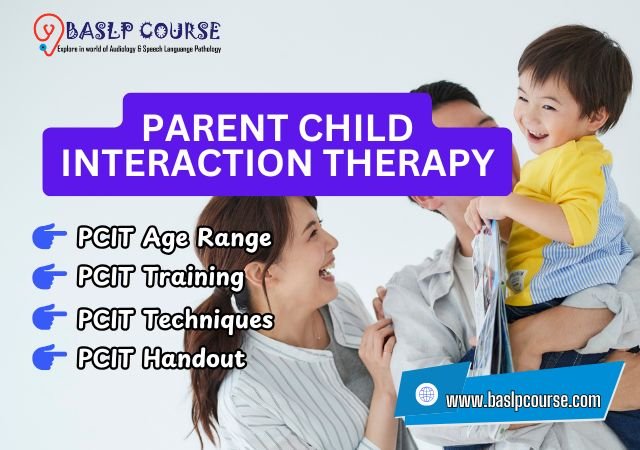
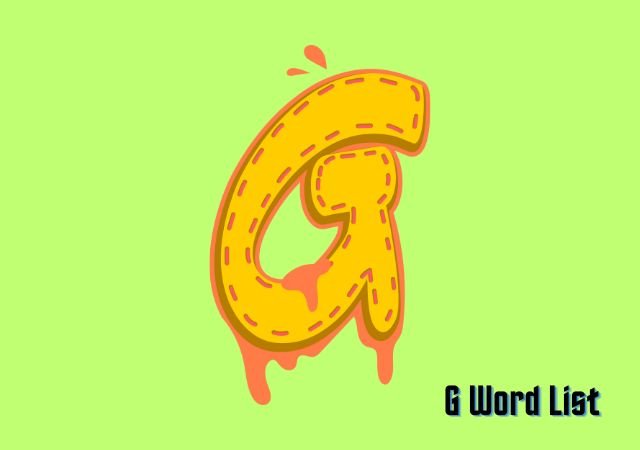

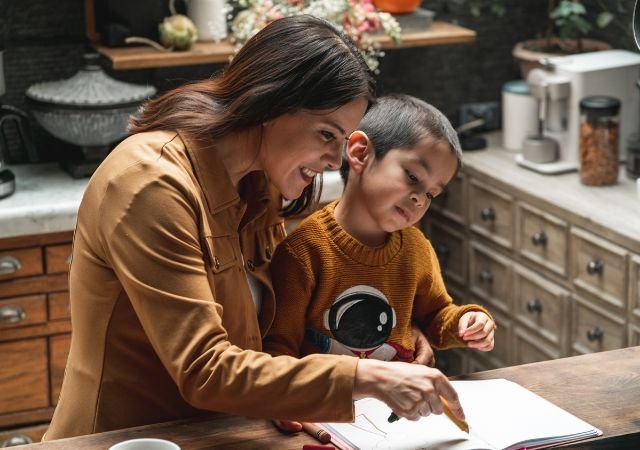
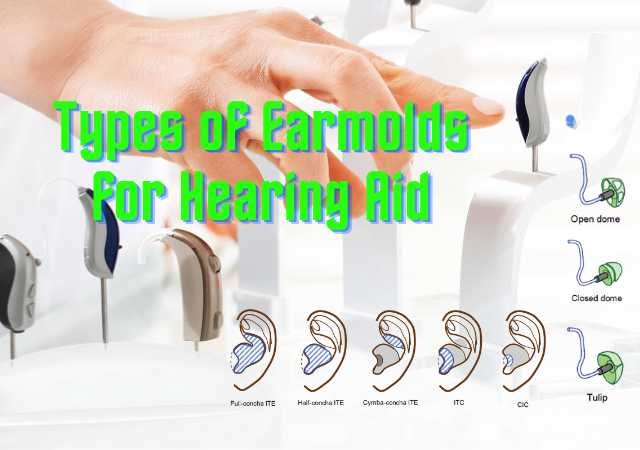


0 Comments